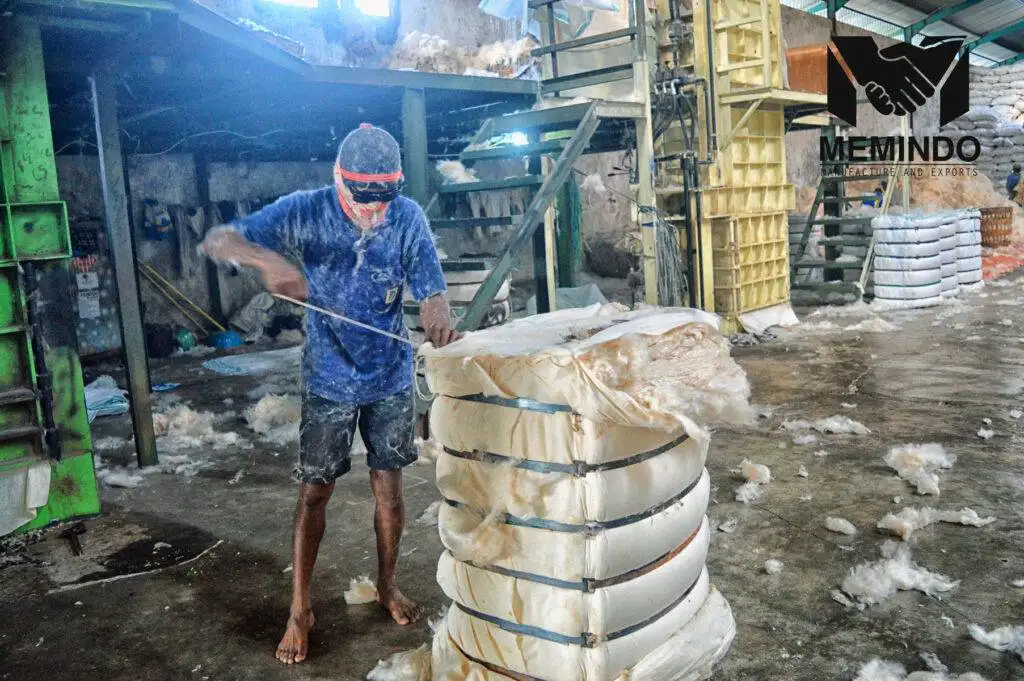Harvested and made from the natural tree, kapok fiber is known for its long and durable aspects. People also consider the material as silk cotton, which has a lightweight, yellowish color, and lustrous fluffy characteristic. It also comes with many benefits, and one of the interesting ones is the eco-friendly points. How good is its sustainability? Read further for the information.
The Sustainability Aspect Of Kapok
1. Durable And Washable Fiber
One thing among many that helps highlight kapok’s sustainability is the washable and durable aspect. It means that customers can use the same pillow for years or a long time to prevent overyielding and waste. It is also washable, which makes it more durable and usable in long run. Kapok-related product (pillow, upholstery, or textile) also has a better deteriorating aspect in nature.
2. Kapok Seed For Animal Feed
If you are looking for a plant that will not leave any human footprint, kapok might be the answer. The seed pod where the silky fluff can also turn into an ideal animal feeder. Not only that but many inventions indicate kapok seed can also turn into oil. That will show how versatile the plant itself is, which makes it a good sustainable material.
3. Other uses

Aside from the fabric and seed, Ceiba Pentandra or kapok tree also offers a range more benefits and usages. The wood can be made into furniture or wooden ornament. Meanwhile, the leaves are known as livestock feed. Since the tree is pretty big, it can provide the best and enough wood or feeder for livestock.
The information highlight that kapoks parts are equally usable and sustainable. The fiber itself is a non-toxic material that has high durability. People can use it for years, wash it, and let it deteriorate better in the later stages. Not only the fiber, but kapok seed waste is also used as animal feed. It also embraces the kapok tree’s leaves that can be used as fodder.

